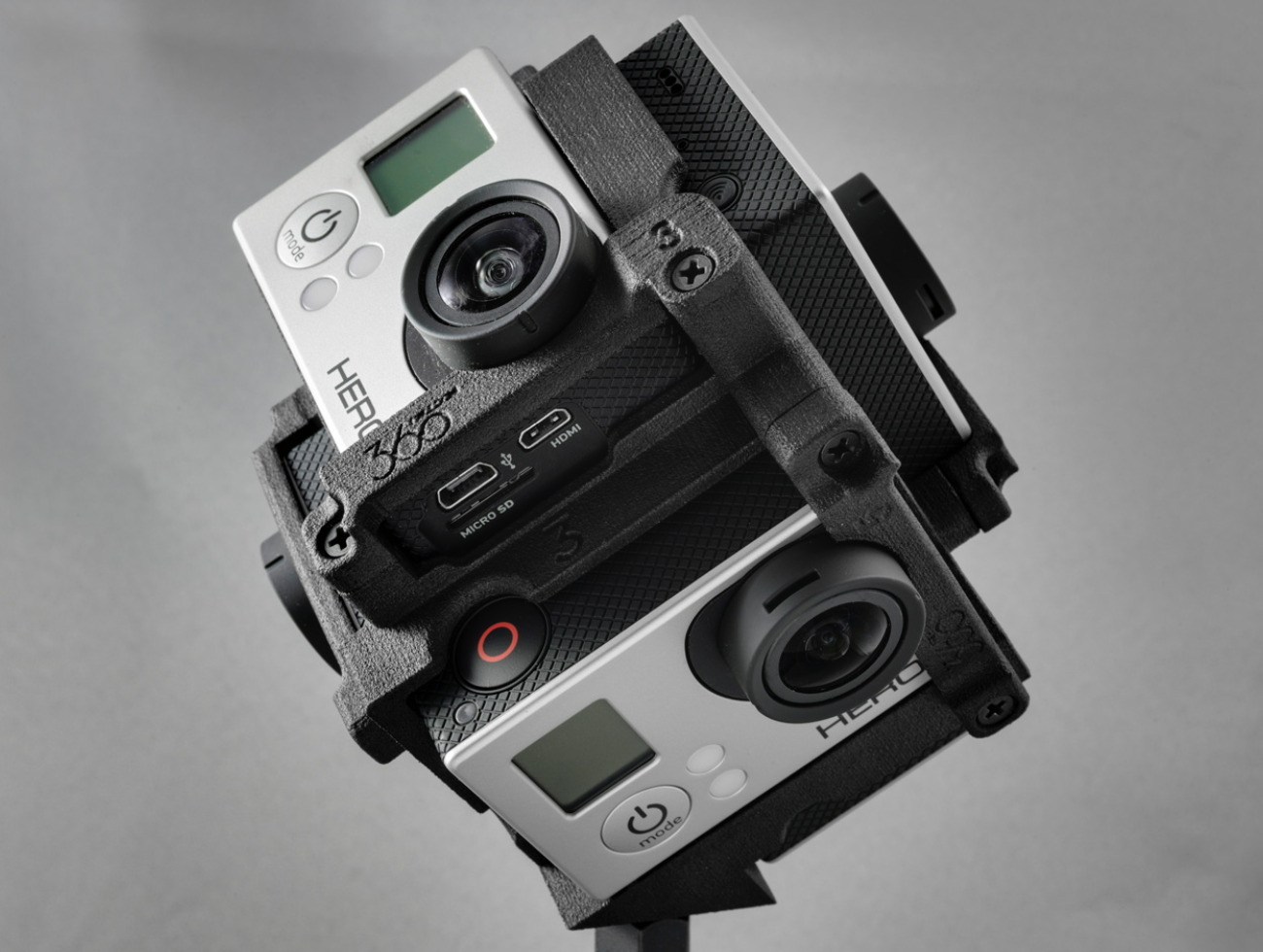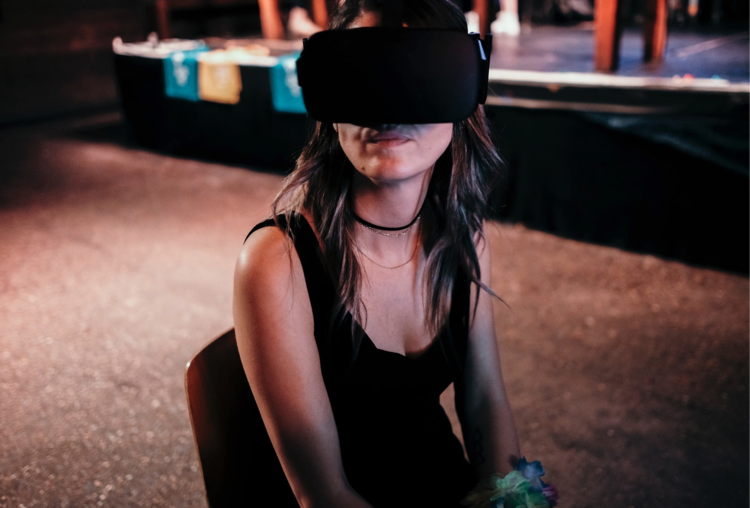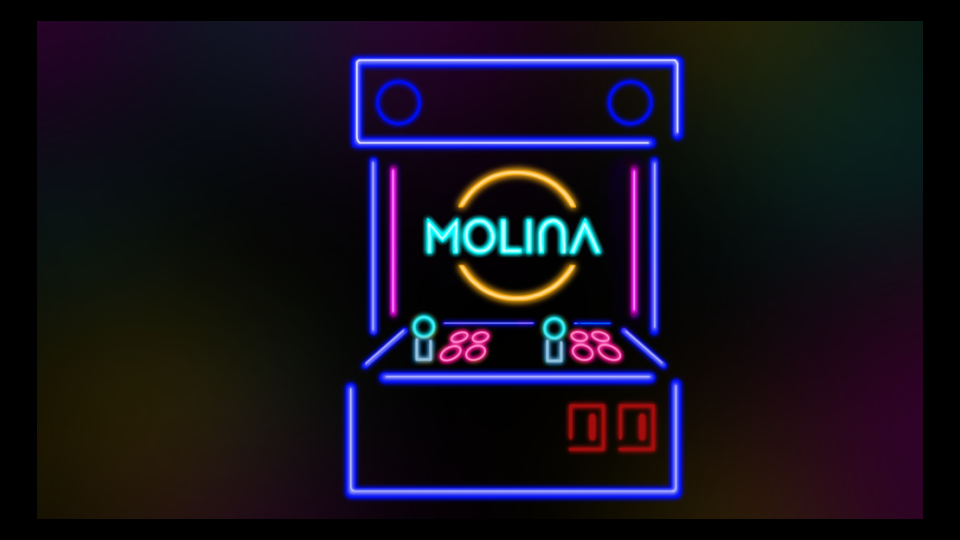A lot of our work lately involves apps that are based around 360 video. And sometimes we interchangeably use the terms 360 video, spherical video, and VR Video. So here's our helpful guide to the different types!
360 Video
360 Video is any video in which you can look around using a VR rig like google cardboard, Samsung GearVR, or Oculus Rift. It can be a real-world video, like this one by GoPro.
Or, it can be made with a virtual 360 camera rig. In that case, we create a 3d scene, then place a virtual camera inside the world that basically works the same as a real camera.
To get an idea of how these videos are made, imagine a series of cameras that overlap in such a way that they seam together.

The Freedom360 mount is an example of a way to make 360 spherical video with GoPro cameras.
VR Video
Think of VR Video as a sub-type of 360 video. The difference here is that VR Video is stereoscopic. So just like a 3d movie has an offset between your left and right eyes, this video contains such an offset. So not only do you get the immersive effect of 360 video, you also experience a 3d effect.
This is really easy to understand if you look at this mount; each pair of cameras is offset a bit, just like your eyes!
-1920w.png?width=886&height=872&name=image-asset%20(1)-1920w.png)
Stereoscopic rigs often have pairs of cameras. That's a lot of GoPros!
Creating Apps with VR Video
Here at Brain Spice, we create all these types of videos: VR Video, 360 Video, and virtual VR Videos. All of these types of videos play in platforms like Youtube. However, most of our customers want custom apps. For example, sometimes a startup has its own video platform for a specific industry, or a brand wants a 360 video app to show off their content.
For all types of 360 video, we actually build a 3d sphere inside of Unity. Imagine, being inside a sphere while seeing video all around you. Yes, it's just like Jody Foster in the movie Contact.
Then we allow you to control the camera that represents your eyes by turning your VR rig or phone around.
Our 360 video software at PTE allows us to leverage the Unity engine to use all the types of 360 video by positioning your "eye cameras" in the right offsets.
That means we sometimes have Mono 360 videos:
-1920w.png)
And sometimes, in a VR Video, the offset for left and right eyes is Top/Bottom.
-1920w.png)
And sometimes it's Right/Left.
-1920w.png)
If you look closely, you can see slight offset differences. The easiest giveaways are objects on the edges of the frame that are visible in one eye but not the other.
For each type, once we know the input, we adjust our software to show the proper cameras.
After that, we're able to publish the content to a standalone mobile app. Hope that helps unpack the basic ways that we display different types of 360 and VR videos in mobile apps. Contact us to get started on your company's app.



